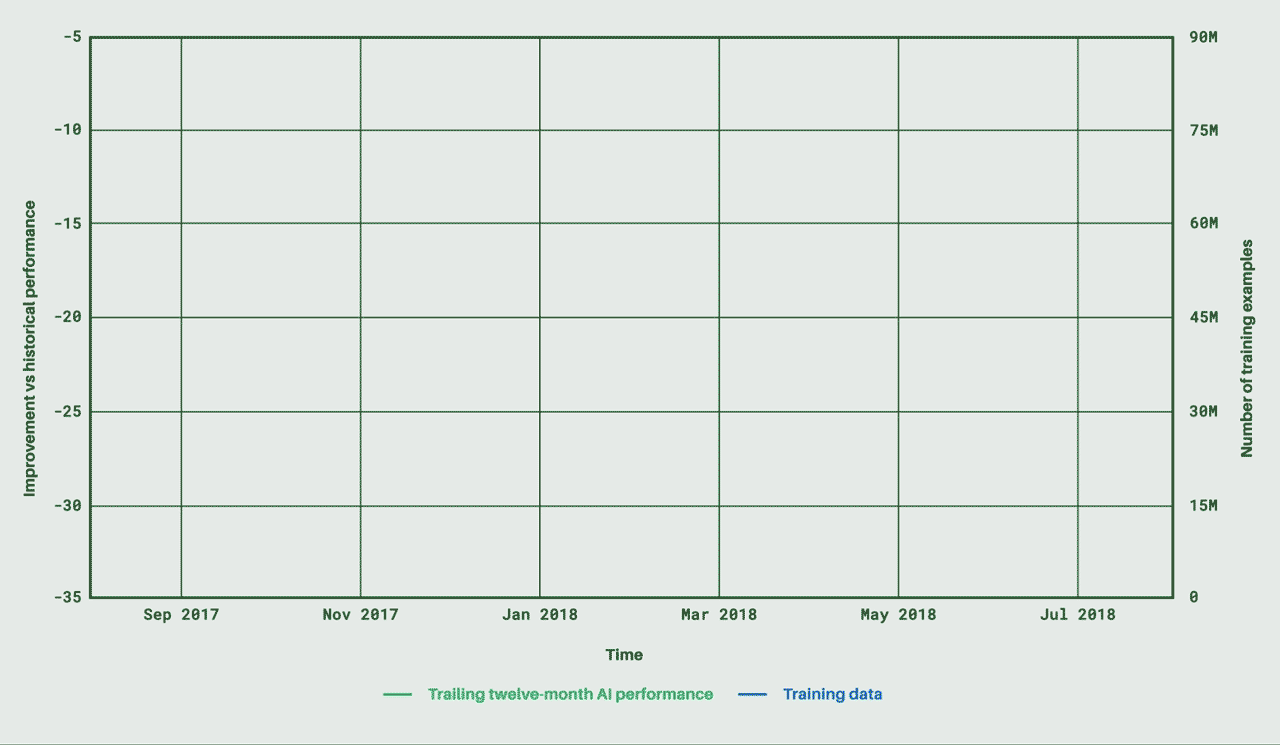The inside of data centers is loud and hot — and keeping servers from overheating is a major factor in the cost of running them. It’s no surprise then that the big players in this space, including Facebook, Microsoft and Google, all look for different ways of saving cooling costs. Facebook uses cool outside air when possible, Microsoft is experimenting with underwater data centers and Google is being Google and looking to its AI models for some extra savings.
A few years ago, Google, through its DeepMind affiliate, started looking into how it could use machine learning to provide its operators some additional guidance on how to best cool its data centers. At the time, though, the system only made recommendations and the human operators decided whether to implement them. Those humans can now take longer naps during the afternoon, because the team has decided the models are now good enough to give the AI-powered system full control over the cooling system. Operators can still intervene, of course, but as long as the AI doesn’t decide to burn the place down, the system runs autonomously.
[gallery ids="1693037,1693038,1693039,1693040"]The new cooling system is now in place in a number of Google’s data centers. Every five minutes, the system polls thousands of sensors inside the data center and chooses the optimal actions based on this information. There are all kinds of checks and balances here, of course, so the chances of one of Google’s data centers going up in flames because of this is low.
Like most machine learning models, this one also became better as it gathered more data. It’s now delivering energy savings of 30 percent on average, compared to the data centers’ historical energy usage.

One thing that’s worth noting here is that Google is obviously trying to save a few bucks, but in many ways, the company is also looking at this as a way of promoting its own machine learning services. What works in a data center, after all, should also work in a large office building. “In the long term, we think there’s potential to apply this technology in other industrial settings and help tackle climate change on an even grander scale,” DeepMind writes in today’s announcement.
from TechCrunch https://ift.tt/2nKoXBZ
 MZ Digital Marketing Agency
MZ Digital Marketing Agency
0 comments:
Post a Comment